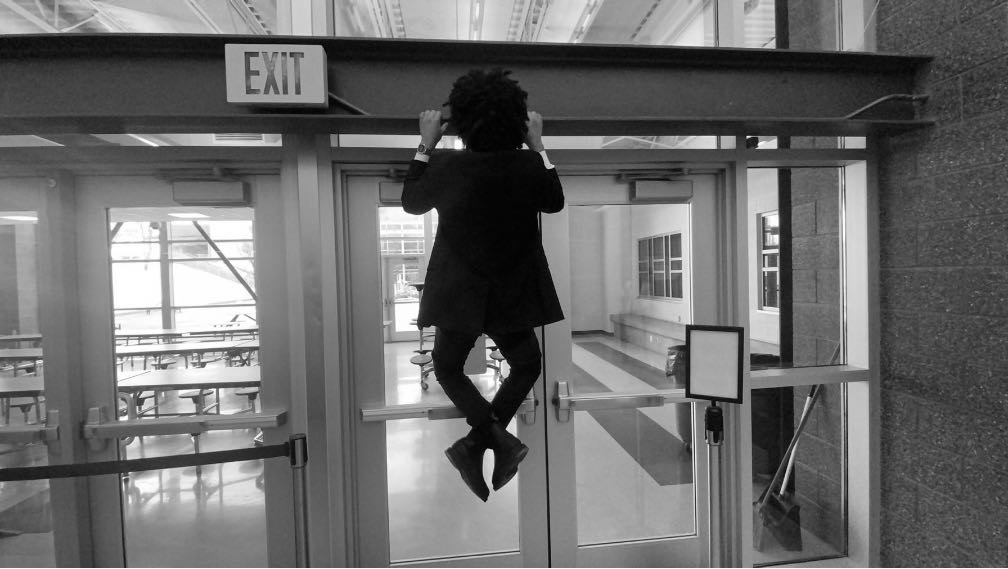The time has come where the leaves change colors and sweaters are encouraged. Fall brings changes in almost every aspect of life, including baking. Here are some fall recipes to try this season:
Snickerdoodles
Among the dozens of fall cookies to choose from, snickerdoodles are some of the most recognizable in the United States. Although almost everyone has tried this tasty treat, their origin is debatable. Many scholars can trace back the snickerdoodle to German and Dutch immigrants. Some suggest that the cookies came from New England in the early 19th century. Despite the controversy surrounding snickerdoodle’s emergence, almost everyone can agree that they are delicious.
Here is Deer Valley’s snickerdoodle recipe, which is one of my favorites:
Ingredients:
1 lb. 4 oz unsalted butter room temperature
1 lb. 13 oz sugar
5 eggs
1 tsp vanilla
2 lb. 5 oz all-purpose flour
1 tsp salt
2 tsp baking soda
2 tsp baking powder
Directions:
In a mixing bowl, cream butter and sugar until light and fluffy. Slowly add eggs and vanilla – scraping after each addition with a spatula. Whisk together baking soda, baking powder, and salt into a bowl with flour. Add the new mixture into your mixing bowl slowly. Make sure to mix thoroughly, leaving no clumps of butter.
After making the dough, create a powder of sugar and cinnamon. Use the ratio 4 to 1 (cinnamon to sugar). Roll your dough into roughly 1 inch balls and coat in powder. Make sure to spread your dough out on a cookie sheet with a generous amount of distance between them. Bake at 275 for 14 – 16 minutes.
When making this recipe, be aware that it is for 60 cookies. I halved the recipe, and ended up with around 30. I also found that the cookies tend to come out flat. To curb this, adding around 2-5 tablespoons of flour to your dough will make sure the cookies come out light and fluffy instead of dense and level. Here are some reviews from students:
Claire: “Perfect consistency. It’s not too hard or crunchy, but it’s soft in the inside.”
Drew: “It could use more sugar on top, but I like them anyway.”
Sophia: “It’s so good!”
Sidney: “Mmm, yummy.”
Finley: “So good! Definitely recommend.”
This recipe is provided by Chef Lia Rios, Deer Valley, 10/8/23.
Apple Crisp
Another classic fall dessert is apple pie. Apple pie tends to be very tedious, so I like to bake an equally delicious apple crisp. The apple crisp originated in Britain, with the first official recipe being published in 1924. The popularity of the apple crisp skyrocketed in WWII, when food rationing made it a burden to bake the more complex apple pie. This particular recipe is one from my family, recorded in November of 1999.
Ingredients:
6 apples (peeled and sliced thickly)
½ cup sugar
¼ tsp ground cloves
½ tsp cinnamon
⅛ tsp almond extract
⅛ tsp nutmeg
2 tsp lemon juice
Topping:
1 cup flour
1 cup sugar
¼ tsp salt
1 tsp baking powder
½ stick butter (mushed)
Directions:
Slice your apples into thick slices, but no thicker than the width of a dime. Add sugar, ground cloves, cinnamon, and nutmeg to a bowl with the apples. Then add your almond extract and lemon juice. Put this into a buttered casserole dish and sprinkle with additional cinnamon and nutmeg (add to your liking).
Then, pour your topping on the apples. Make sure your topping covers all of the apples, making sure none are showing. Do not mix the topping and the apples; simply pour the topping over. Bake at 350 for 45 minutes or until brown.
After making this recipe, I noticed that the topping does not brown as quickly as the apples cook. This is why the timing proved useful in making sure I did not burn the bottom of my crisp. Adding 2-3 tbs of butter to the topping will not only make your crisp look better, but it will also make it taste better. Overall this recipe did not disappoint, and I definitely recommend it to new or experienced bakers alike.





